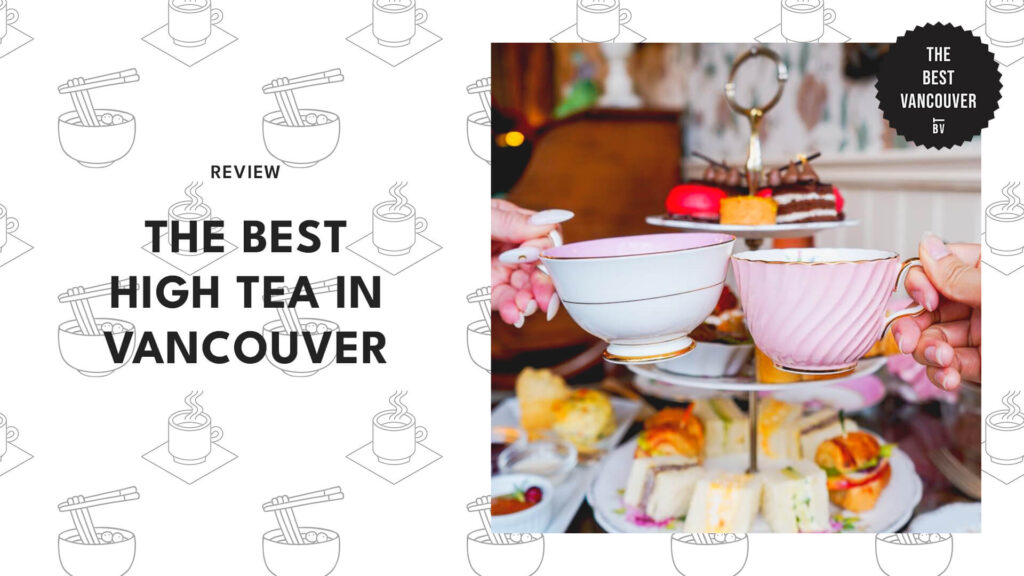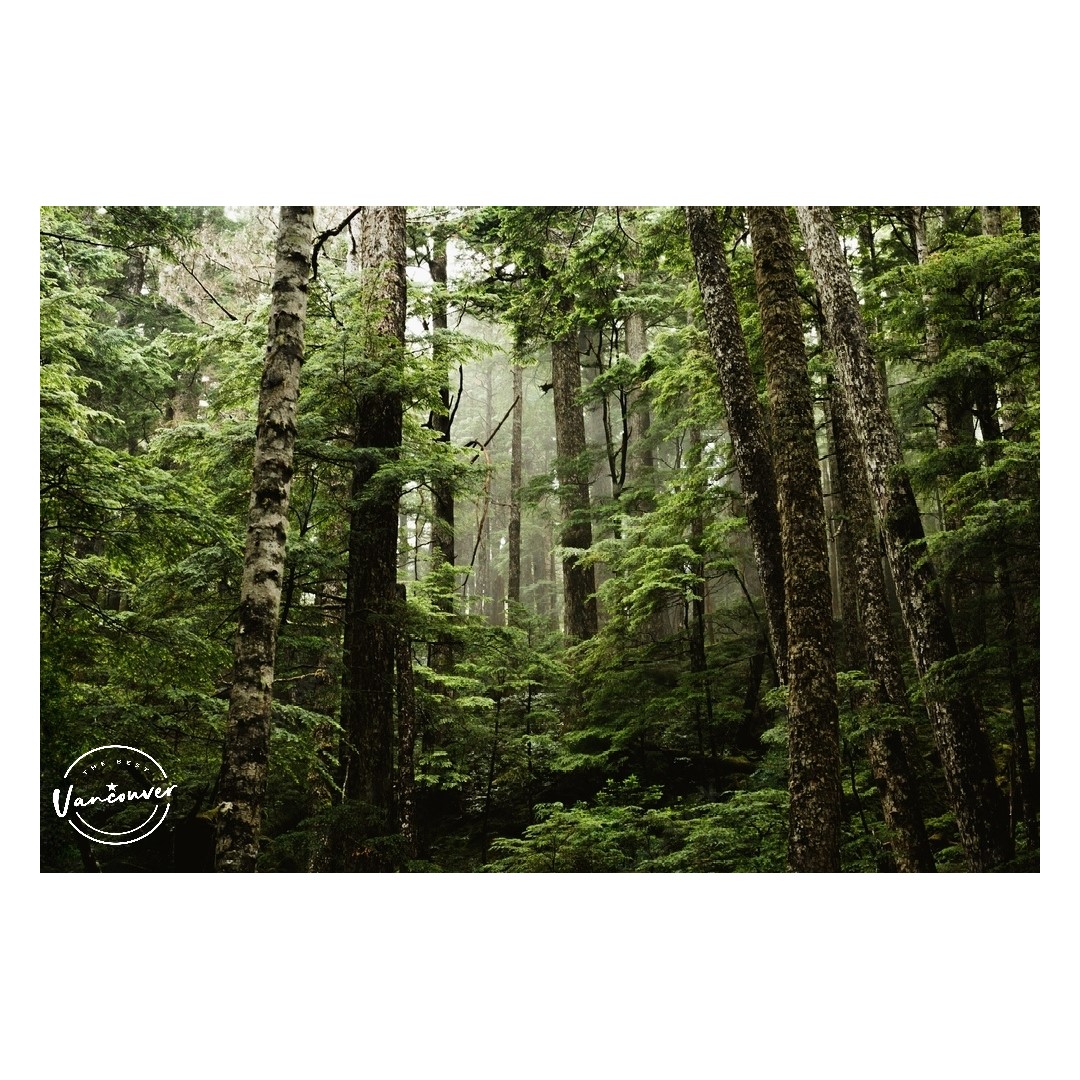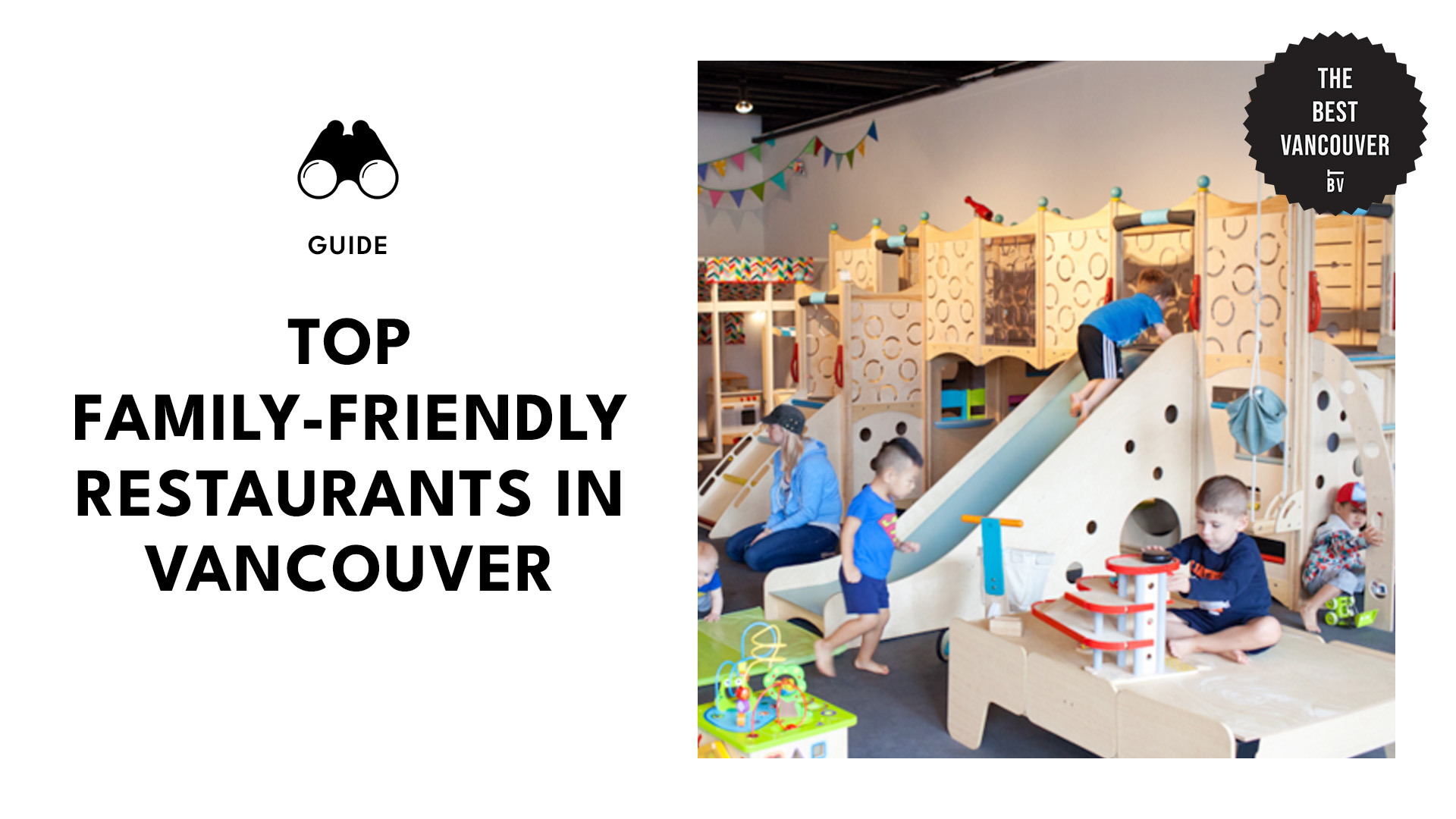Exploring the rainforests around Vancouver is like stepping into a different world – one where the air is fresher, the greens are deeper, and the sounds of nature are more vivid.
For those eager to discover these natural wonders and untamed wilderness themselves, here’s a list of the top 6 rainforests around Vancouver. Prepare for the long, worthwhile drive!
Great Bear Rainforest
Location: Central and northern coast of BC, from the northern tip of Vancouver Island up to the Alaska Panhandle
The Great Bear Rainforest is one of the largest temperate rainforests in the world, stretching over 400 kilometers along the rugged coast of British Columbia.
This rainforest is special because it’s home to the spirit bear, a rare white bear that’s only found here and
It’s a living, breathing ecosystem, where the trees have stood for centuries and the land whispers stories of the Indigenous peoples who have long called it home.
Best Time to Go
The rainforest changes with the seasons, so it offers different experiences throughout the year.
Summer months (June to August) are a favorite for their mild weather, perfect for exploring the endless trails and hidden corners.
If bear watching is on your agenda, aim for late summer to early fall (August to October). That’s when the forest‘s streams are alive with salmon, and the bears — well, they’re having a feast.
How to Get There
Your journey to the Great Bear Rainforest is half the adventure. With no direct road access, you’ll likely be hopping on a boat or a floatplane from places like Bella Coola (known as the Gateway to the Great Bear Rainforest) or Port Hardy.
If you don’t want to go on a drive, you can take the train from Prince George to Terrace or Prince Rupert, and get a cab from there. You can also travel by sea from Port Hardy on Vancouver Island.
Things to Do
Watch Wildlife
Once you’re there, the Great Bear Rainforest is your oyster. Wildlife watching is a big draw – spotting the rare Kermode bear, also known as the spirit bear, in its natural habitat is a once-in-a-lifetime experience.
The forest is also home to grizzly bears, wolves, eagles, and a diverse range of marine life along its coastlines.
Paddle through the Waters
Paddle through the serene and sheltered waters of the rainforest. Kayaking offers a peaceful way to explore the vast network of fjords and inlets, providing an up-close experience with the rainforest’s rich marine and coastal ecosystems.
Join a Cultural and Indigenous Tour
Engage with the rich Indigenous culture of the region. Guided cultural tours, such as those offered by the Indigenous-owned Spirit Bear Lodge, provide insights into the history and current practices of the Kitasoo/Xaixais First Nation.
Things to Remember
- Be Prepared for All Weather: The weather can change quickly, so bring rain gear and layers to stay comfortable.
- Respect the Wildlife: Keep a safe distance from animals; never feed them or try to attract their attention.
- Be Bear Aware: Store food properly and know what to do if you encounter a bear.
Haida Gwaii
Location: northern coast of BC approximately 100 kilometers west of the mainland
Haida Gwaii, formerly known as the Queen Charlotte Islands, is a remote archipelago off British Columbia’s west coast.
It’s a mystical place, often referred to as Canada’s Galapagos due to its unique ecology, rich wildlife, and ancient cultural heritage.
The islands are covered with lush, temperate rainforests, rugged coastlines, and a deep history that’s intertwined with the Haida Nation. This is a place where old-growth forests meet the mighty Pacific, creating an environment both serene and teeming with life.
Best Time to Go
The best time to visit Haida Gwaii is during the summer months, from June to August, when the weather is milder and more conducive to exploring the outdoors.
This is also a great time for wildlife watching, as many species are active. However, visitors should be prepared for rain at any time of year, a common feature of the area’s climate.
How to Get There
The islands can be accessed by air or sea. Regular flights are available from Vancouver to Sandspit and Masset, two of the main communities on the islands.
Alternatively, a ferry service runs from Prince Rupert on the mainland to Skidegate on Haida Gwaii, offering a scenic journey across the Hecate Strait.
Things to Do
Hike through Haida Gwaii
Haida Gwaii’s rainforests are ancient and are home to unique flora and fauna, some of which are found nowhere else in the world. Hiking trails weave through the beauty of old-growth forests with a chance to spot endemic bird species.
With a network of trails ranging from easy walks to challenging hikes, the islands cater to all levels of outdoor enthusiasts. These trails not only offer scenic views but also lead to hidden lakes, secluded beaches, and cultural sites.
Catch Salmon and Halibut
The waters around Haida Gwaii are renowned for their rich fishing grounds. Whether it’s salmon, halibut, or other species, fishing here can be an exciting activity for both experienced anglers and beginners.
Local charters offer guided trips, ensuring a sustainable and respectful approach to the sport.
Things to Remember
- Be Respectful. Respect Haida cultural sites and traditions. Many areas are sacred or hold historical significance.
- Prepare for Remote Conditions: Services can be limited on the islands, so plan accordingly with supplies, especially if venturing into more isolated areas.
- Consider Fishing Regulations: If you plan to fish, be aware of local regulations and obtain the necessary licenses.
Terrace
Location: Skeena River Valley in northwestern BC, approximately 1,350 kilometers north of Vancouver
Terrace is a town in BC surrounded by a beautiful rainforest. It’s in a valley near the Skeena River and is known for its stunning landscapes, and mosaic of rivers, mountains, and dense forest.
Terrace is not just a gateway to outdoor adventures but also a hub of rich cultural history, particularly of the Tsimshian people.
Best Time to Go
The ideal time to visit Terrace is during the summer months, from June to August, when the weather is most favorable for outdoor activities and the natural scenery is at its peak.
But spring and fall also offer unique experiences with fewer crowds and a chance to witness the seasonal changes in the rainforest.
How to Get There
Terrace is accessible by road, air, and rail. Driving from Vancouver takes about 15 hours, offering scenic routes through British Columbia’s landscapes.
The VIA Rail service also provides a picturesque journey to Terrace, showcasing the natural beauty of the region. Terrace also has its airport (YXT), with regular flights from Vancouver and other major cities.
Things to Do
Hike the Nature Trails
Terrace has a network of trails offering breathtaking views of the lush rainforest, majestic mountains, and the winding Skeena River.
One of the popular hiking spots is the Terrace Mountain Trail, known for its panoramic views of the entire valley. The trail is well-marked and takes you through dense forest areas, offering glimpses of local wildlife and vibrant flora.
Fish on the Skeena River
The Skeena River, flowing through Terrace, is renowned for its world-class salmon fishing. It’s a hotspot for anglers aiming to catch various species of salmon, including Chinook and Coho, and also boasts a healthy population of steelhead.
Local guides and fishing charters are available, offering expert advice and insights into the best fishing spots and techniques. The experience is made more beautiful by the scenic backdrop of the rainforest and the wildlife in their natural habitat.
Enjoy Winter Sports at Shames Mountain
Located just west of Terrace, Shames Mountain is known for its exceptional skiing and snowboarding opportunities.
It boasts a variety of runs that cater to all skill levels, from beginner slopes to challenging terrain for advanced skiers and snowboarders. The area is known for its consistent snowfall, providing excellent conditions throughout the winter season.
For the more adventurous, Shames Mountain offers access to vast backcountry areas. These areas are ideal for those looking to explore off-piste and enjoy fresh powder – just be aware of avalanche risks so be prepared in case you’re venturing there.
Things to Remember
- Check River Conditions. If you’re planning to fish in the Skeena River, it’s crucial to check the river conditions, as water levels and flow can vary.
- Inform Someone of Your Plans. Especially if venturing into remote areas or on longer hikes, let someone know your planned route and expected return time.
- Be Prepared for the Hike. The trails in Terrace can range from easy to challenging. Always carry a map, water, snacks, and a basic first-aid kit.
Sooke
Location: Southern tip of Vancouver Island, about 40 kilometers west of Victoria
Sooke is a beautiful area on Vancouver Island known for its amazing rainforests and coastline.
Located to the South of Tofino and Ucluelet, the forests here are part of a big rainforest area along the Pacific Coast, with towering trees, lots of green plants, and a diverse array of wildlife.
Best Time to Go
Summer, from June to August, is the best time to visit Sooke if you want to explore the rainforest. It’s usually warmer and less rainy then. Spring and fall are also good for visiting, with fewer people and pretty forest changes.
How to Get There
Sooke is not far from Victoria, the main city on Vancouver Island. It takes about 40 minutes to drive there from there via Highway 14. For those who are not bringing a car on the trip, there are bus services available from Victoria to Sooke.
Things to Do
Enjoy the Sooke Potholes
Sooke Potholes are a natural formation located along the Sooke River. They are known for their unique geological features – a series of deep, round pools formed in the bedrock by the swirling waters of the river.
This natural attraction is a favorite spot for both locals and tourists, especially in the summer months. The potholes offer a stunning visual experience, with clear waters and smooth rock formations.
You can enjoy swimming in the potholes, although the water can be quite cold. The surrounding park is also a great place for hiking and exploring the local flora and fauna.
Visit the Sooke Region Museum
The Sooke Region Museum is a cultural and historical hub in Sooke. The museum features exhibits on the natural history of the region, the history of the T’sou-ke First Nation, and the early pioneer life.
It also showcases the maritime and logging history of Sooke, which are integral parts of the town’s development.
The museum grounds include outdoor displays, such as a pioneer cabin, a blacksmith shop, and a maritime memorial. There’s also an art gallery that features works bby local artists and traveling exhibits.
Things to Remember
- Stay on Trails. When you’re in the forest, stick to the marked paths and watch where you’re going.
- Be Safe Near Water. Watch out for strong river currents and ocean tides.
Pacific Rim
Location: West coast of Vancouver Island, near the towns of Tofino and Ucluelet
Located on Vancouver Island’s west coast, the Pacific Rim is a breathtaking region where the temperate rainforest meets the Pacific Ocean. The area, particularly the Pacific Rim National Park Reserve, is a stunning showcase of BC’s natural diversity.
Here, ancient rainforests, some containing trees over a thousand years old, stand next to expansive, sandy beaches. The biodiversity includes dense undergrowth and large mammals like black bears and cougars, beside the coast teeming with marine life.
This area is also important to the Nuu-chah-nulth Indigenous people, who have lived here for a long time.
Best Time to Go
The best time to visit the Pacific Rim is during the summer months, from June to August, when the weather is usually milder and drier, ideal for hiking and beach activities.
However, the area is also known for its storm-watching season, which peaks from November to February, offering a dramatic and different experience.
How to Get There
The Pacific Rim is accessible from Vancouver by ferry to Nanaimo on Vancouver Island, followed by a drive across the island to the west coast. The journey showcases the island’s diverse landscapes.
There are also flights available from Vancouver to Tofino and Ucluelet, two key communities in the Pacific Rim area.
Things to Do
Explore Pacific Rim National Park Reserve
This park features several hiking trails through lush rainforests and along stunning beaches. You can take the popular Rainforest Loop, equipped with boardwalks and interpretive signage, and winding through ancient, moss-draped forests.
For those who love the sea, trails like the Wild Pacific Trail and Long Beach take hikers along rugged shorelines and through beachside forests.
The park also offers programs that teach about the local plants, animals, and the cultural history of the area. Those are great for families and anyone interested in learning about this unique environment.
Take Part in Storm Watching
The Pacific Rim becomes a whole different world in winter with its storm-watching season. Winter storms on the coast create powerful, awe-inspiring scenes, with huge waves crashing against the shore and winds whipping through the trees.
Many local accommodations offer special storm-watching packages, allowing visitors to experience the storms’ power comfortably and safely.
Things to Remember
- Prepare for Rainy Weather. The Pacific Rim’s climate is known for its rainfall, so waterproof clothing and gear are essential.
- Be Safe While Storm Watching. If visiting in the winter for storm watching, do so from safe locations where you can watch these storms roll in from the Pacific Ocean. Avoid coastal edges during high tide or storm surges.
- Plan Your Visit. During peak season, some areas or activities might require reservations or permits. Check in advance to ensure availability.
Bella Coola
Location: Central coast region of BC, located at the end of the Bella Coola Valley
Bella Coola is a small community located in the heart of the Great Bear Rainforest on the central coast of British Columbia. It’s a hidden gem nestled in a lush valley, where steep, glacier-carved mountains meet the sea.
This area is known for its stunning natural landscapes, rich Indigenous culture, and diverse wildlife.
The rainforest surrounding Bella Coola is one of the most biologically diverse areas in Canada, home to ancient cedar trees and a wide array of animal species.
Best Time to Go
The best time to visit Bella Coola largely depends on what you’re looking to experience. For warmer weather and outdoor activities like hiking, the months from June to August are ideal.
For those interested in bear watching, the salmon run in late summer and early fall (August to October) is a spectacular time, as it attracts a significant number of grizzly and black bears.
How to Get There
Bella Coola is accessible by road, sea, and air. The most scenic route is by driving the Freedom Highway (Highway 20), which connects Bella Coola with Williams Lake.
The area is also served by BC Ferries, which offers a breathtaking journey through the Inside Passage from Port Hardy. There are also flights available from Vancouver to the Bella Coola Airport (CYBD).
Things to Do
Learn about the Petroglyphs of the Nuxalk Nation
Bella Coola is home to a significant number of petroglyphs created by the Indigenous peoples of the area, particularly the Nuxalk people.
To truly appreciate and understand the petroglyphs, guided tours are available. These tours are often led by Nuxalk guides, who provide valuable insights into the history, meaning, and stories behind the carvings.
Enjoy Fishing and Boating
The region’s rivers, particularly the Bella Coola River and its tributaries, are known for their excellent fishing opportunities.
Besides salmon, steelhead trout fishing is popular, especially in the spring and fall. For the best experience, several local operators offer guided fishing tours led by guides who know the best fishing spots and techniques, as well as local regulations.
The area’s waters are also calm. They’re good for boat tours if you don’t want to try kayaking and canoeing, or you want to access more remote fishing spots or hiking trails.
Things to Remember
- Prepare for Remote Conditions. Bella Coola is relatively isolated, so it’s essential to plan ahead, especially if venturing into the wilderness.
- Be Safe on the Waters. If you’re going on the water, make sure you have the appropriate safety equipment, like life jackets. Be aware of the weather and water conditions, as they can change rapidly.
- Be Bear Aware. Bella Coola is in bear country, so it’s essential to know how to store food safely and what to do if you encounter a bear.












